ICCT calculates consumer benefits of increased efficiency in 2025-2030 light-duty vehicles in the US
Green Car Congress
JUNE 23, 2017
A new report from the International Council on Clean Transportation (ICCT) estimates Consumer benefits of increased efficiency in 2025-2030 light-duty vehicles in the US. Those who finance their vehicles will see a net positive cash flow—again, specific to the additional cost of technology—starting immediately.











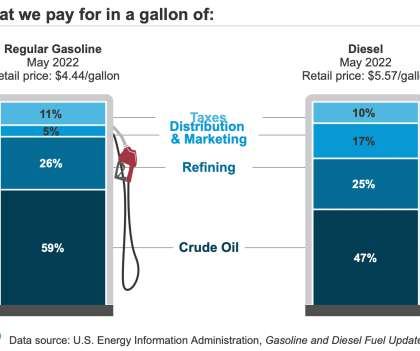



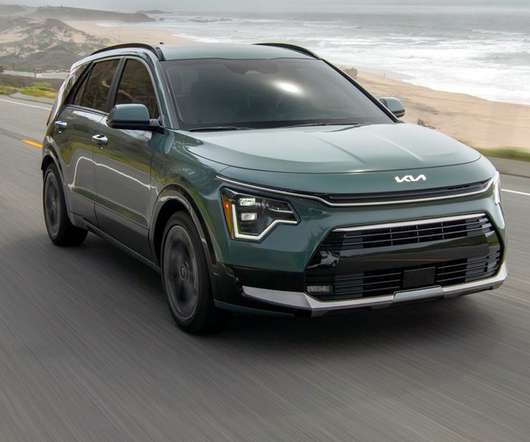


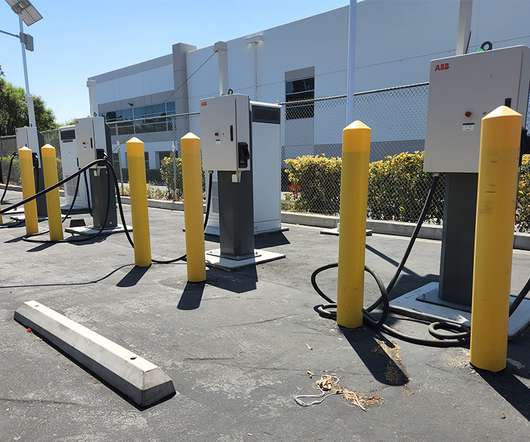






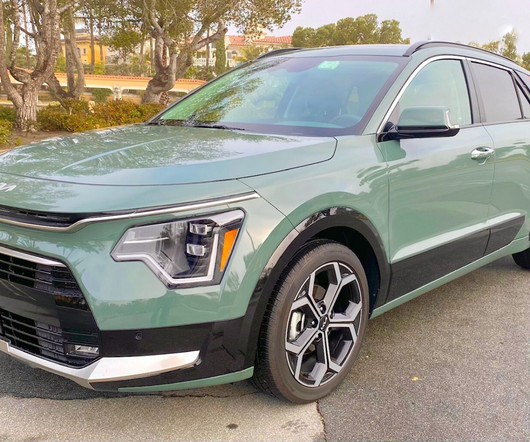

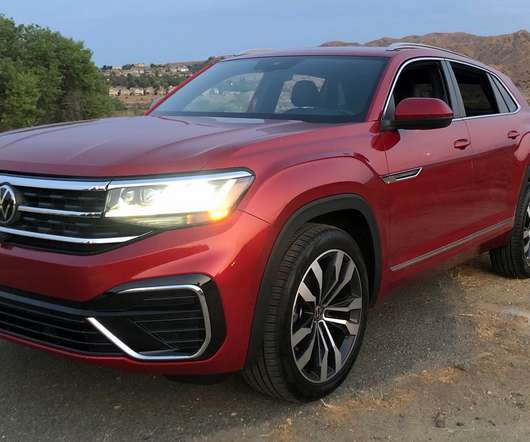




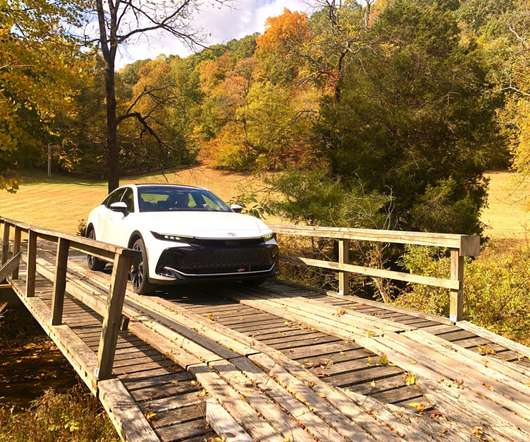

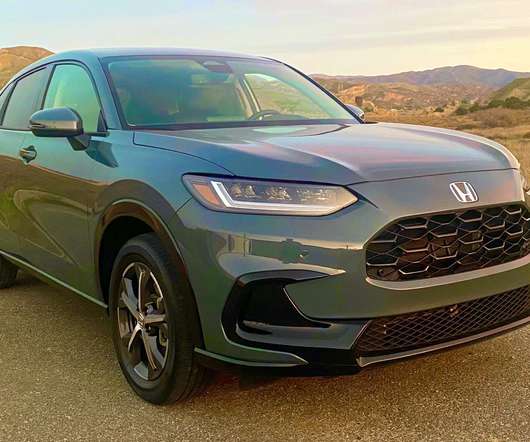

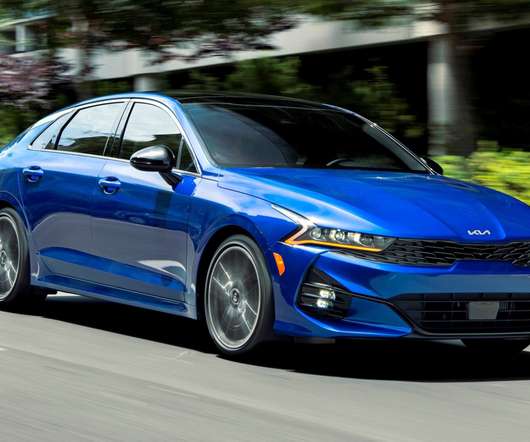
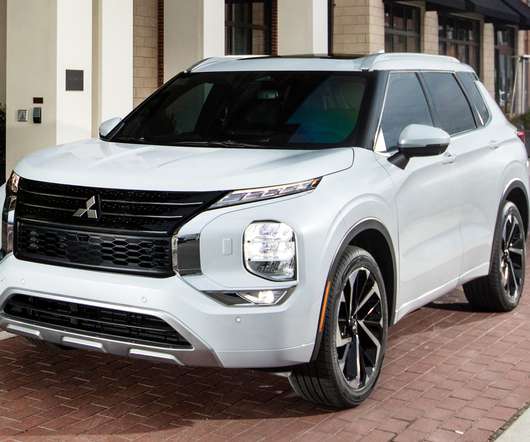
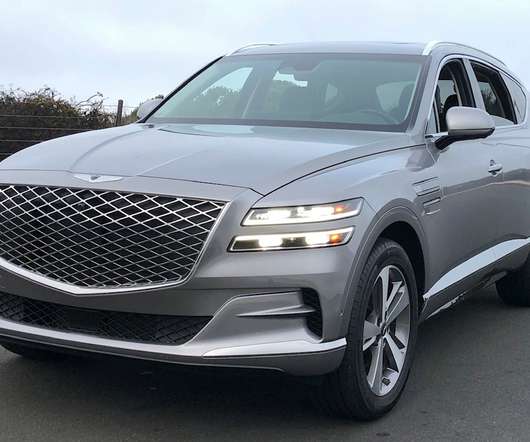







Let's personalize your content